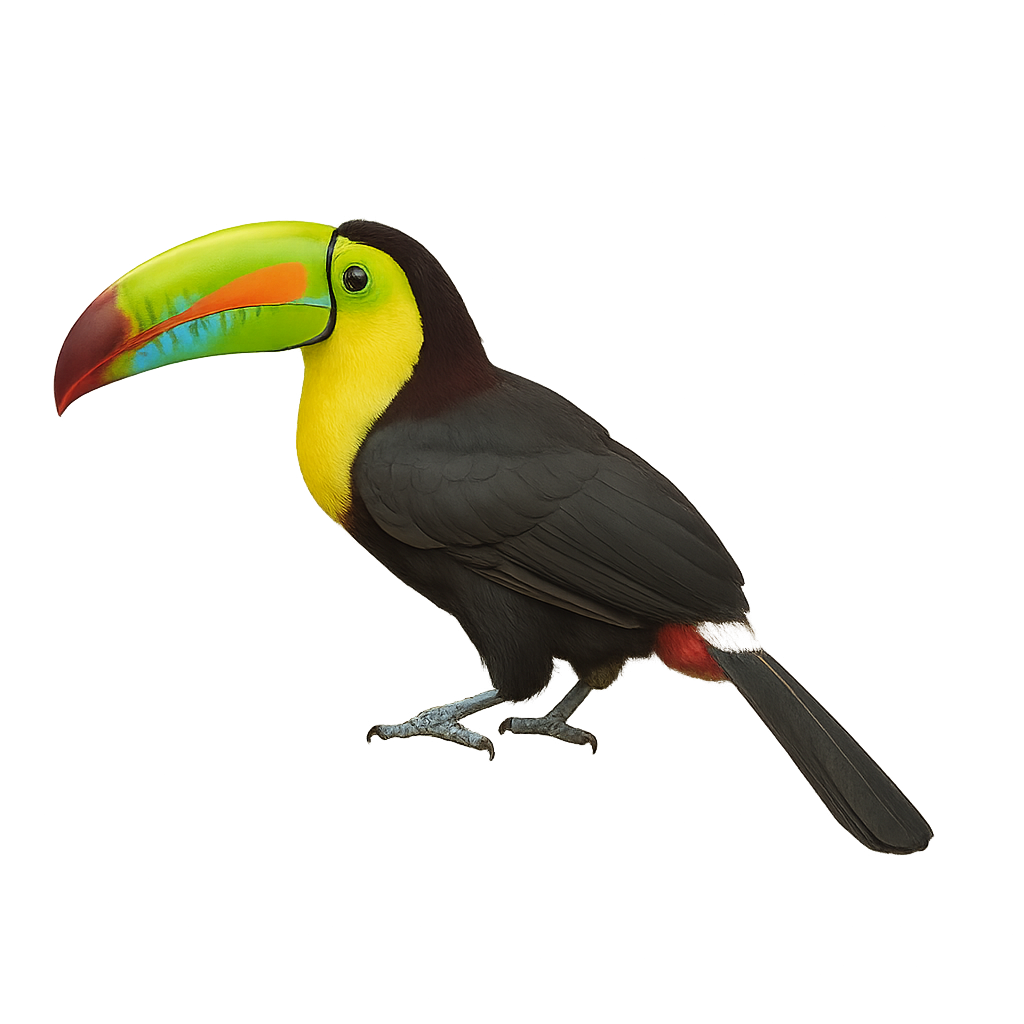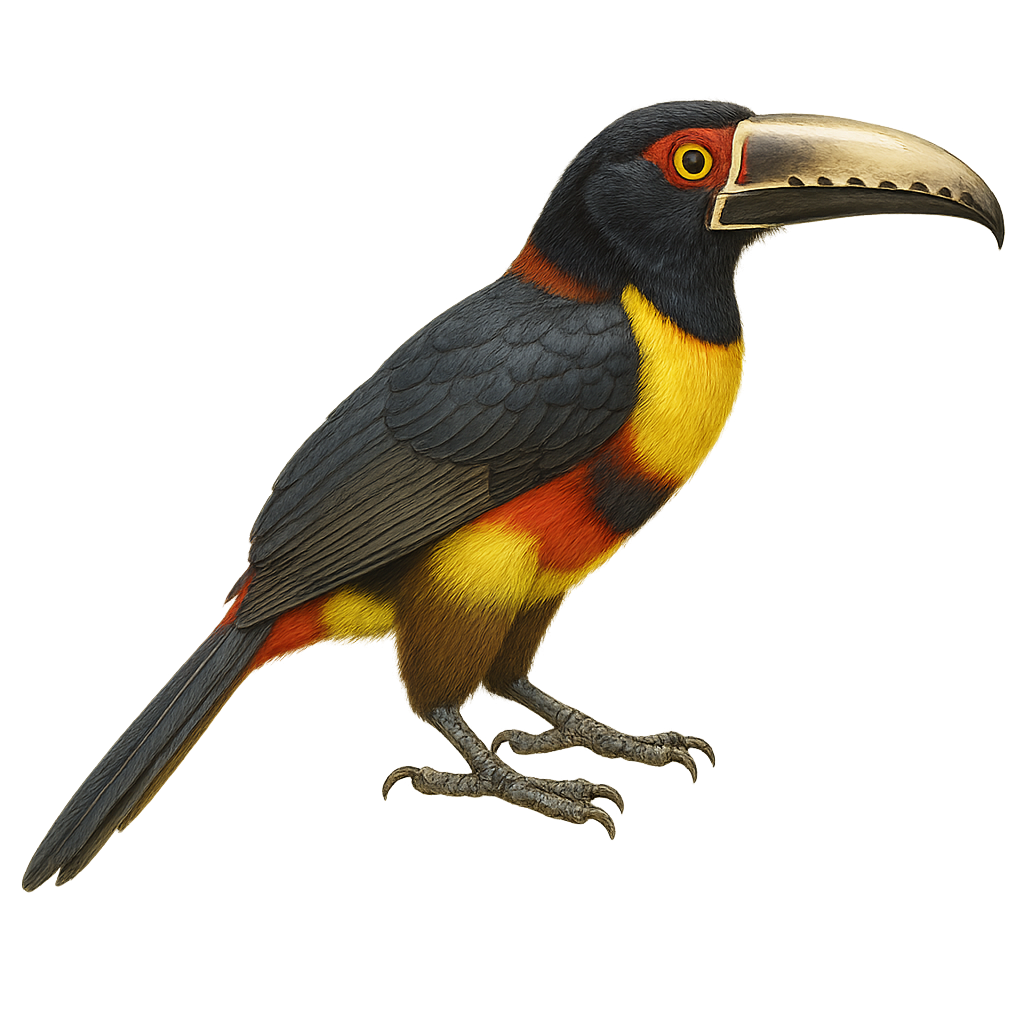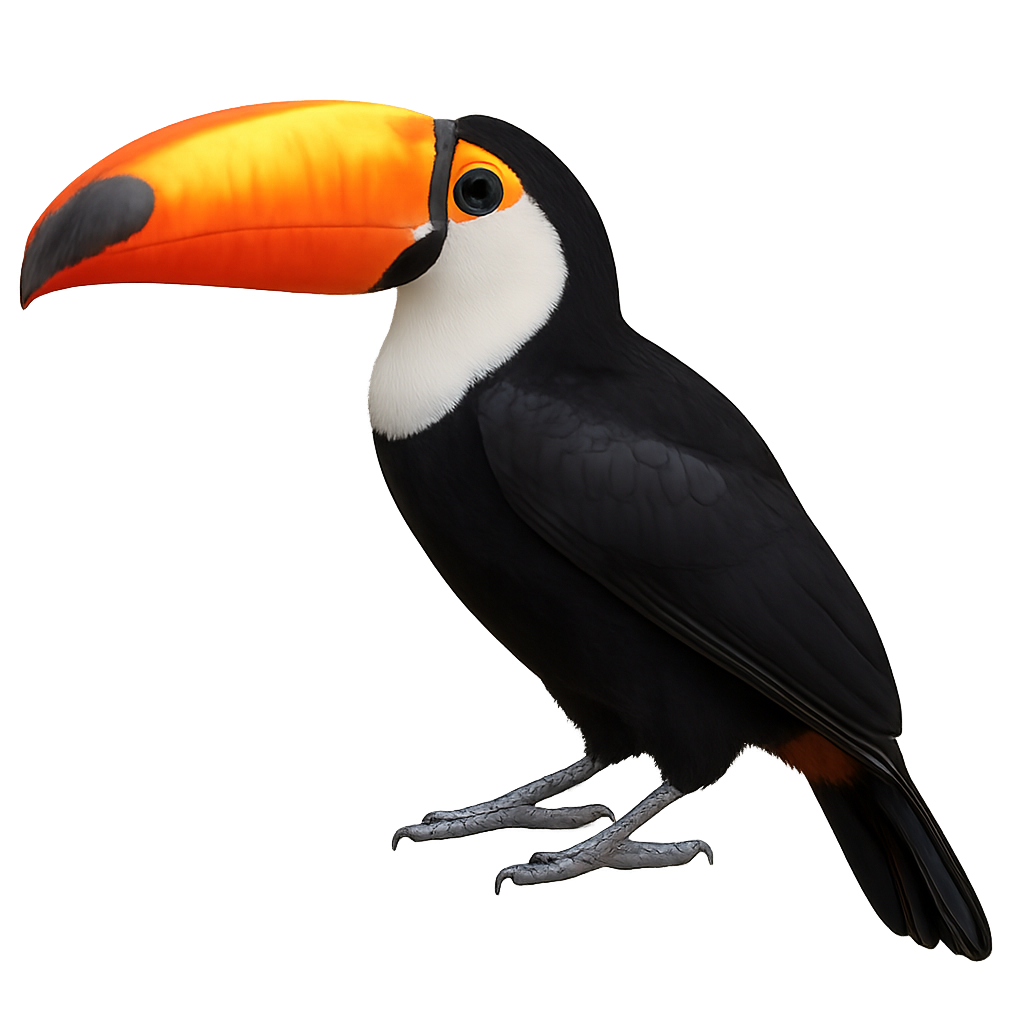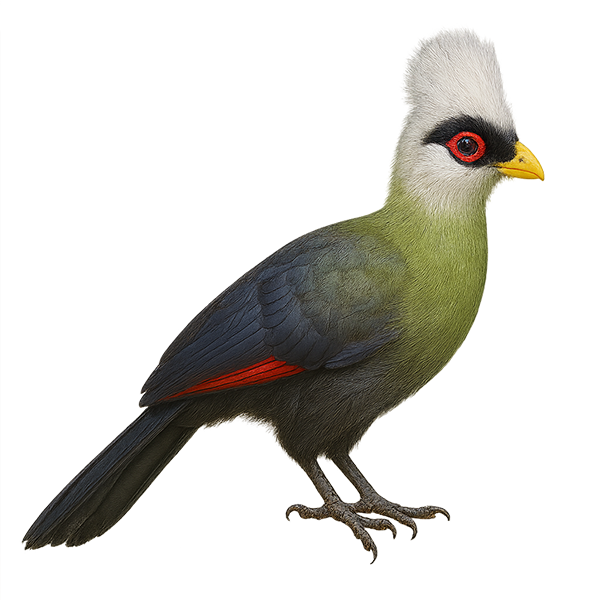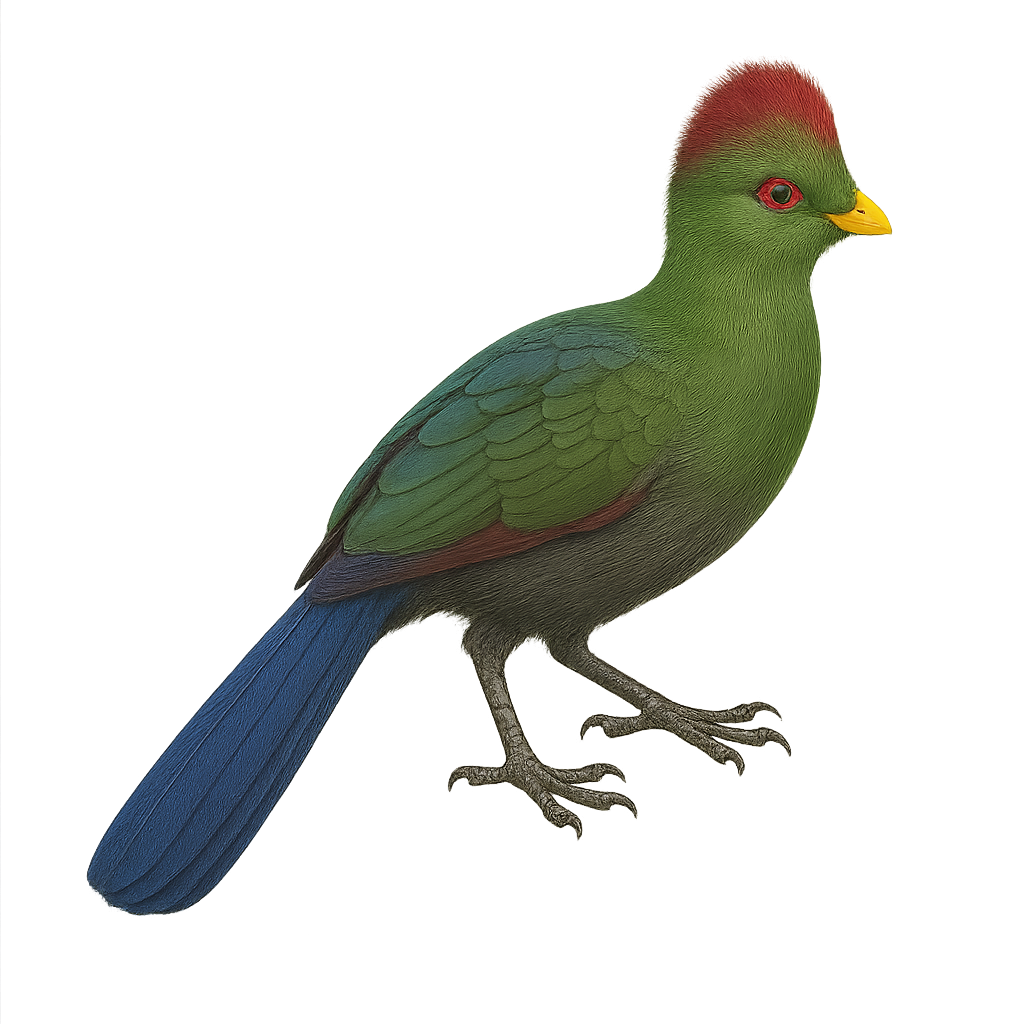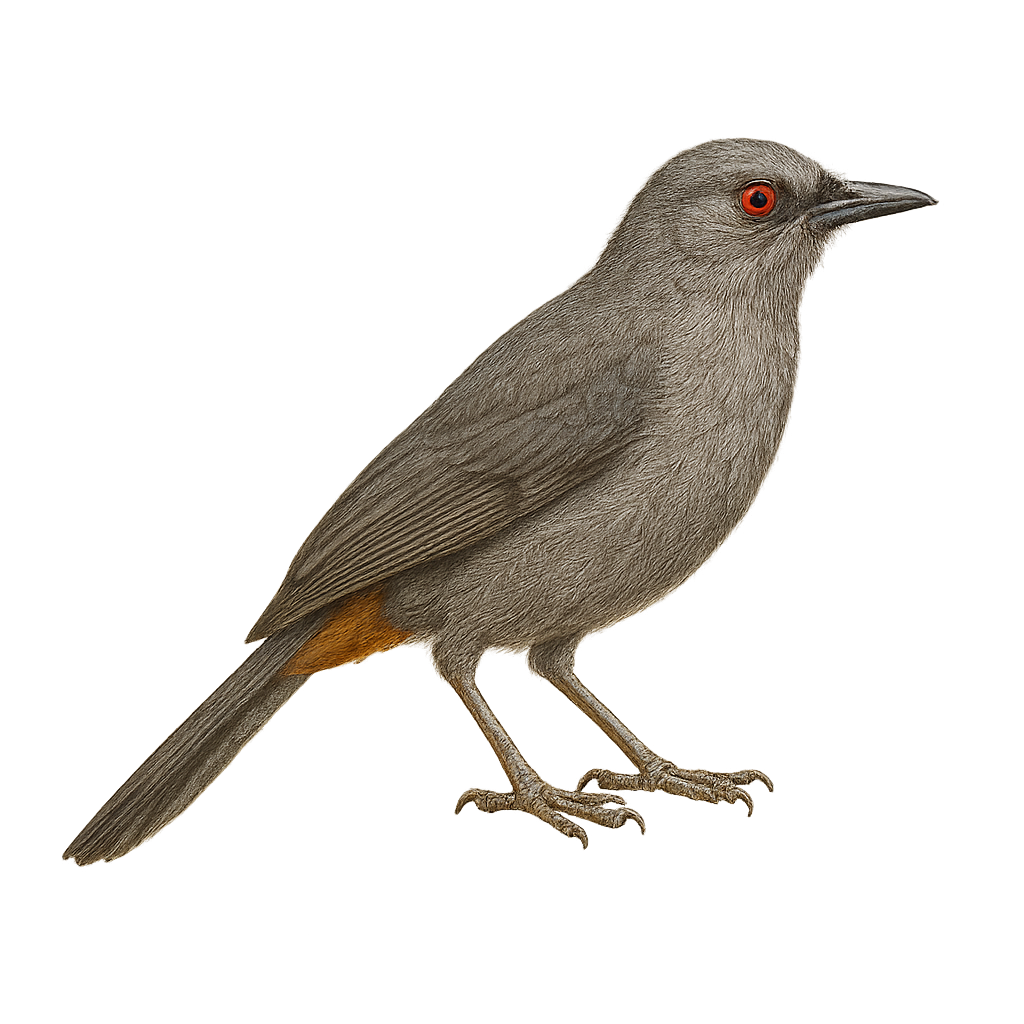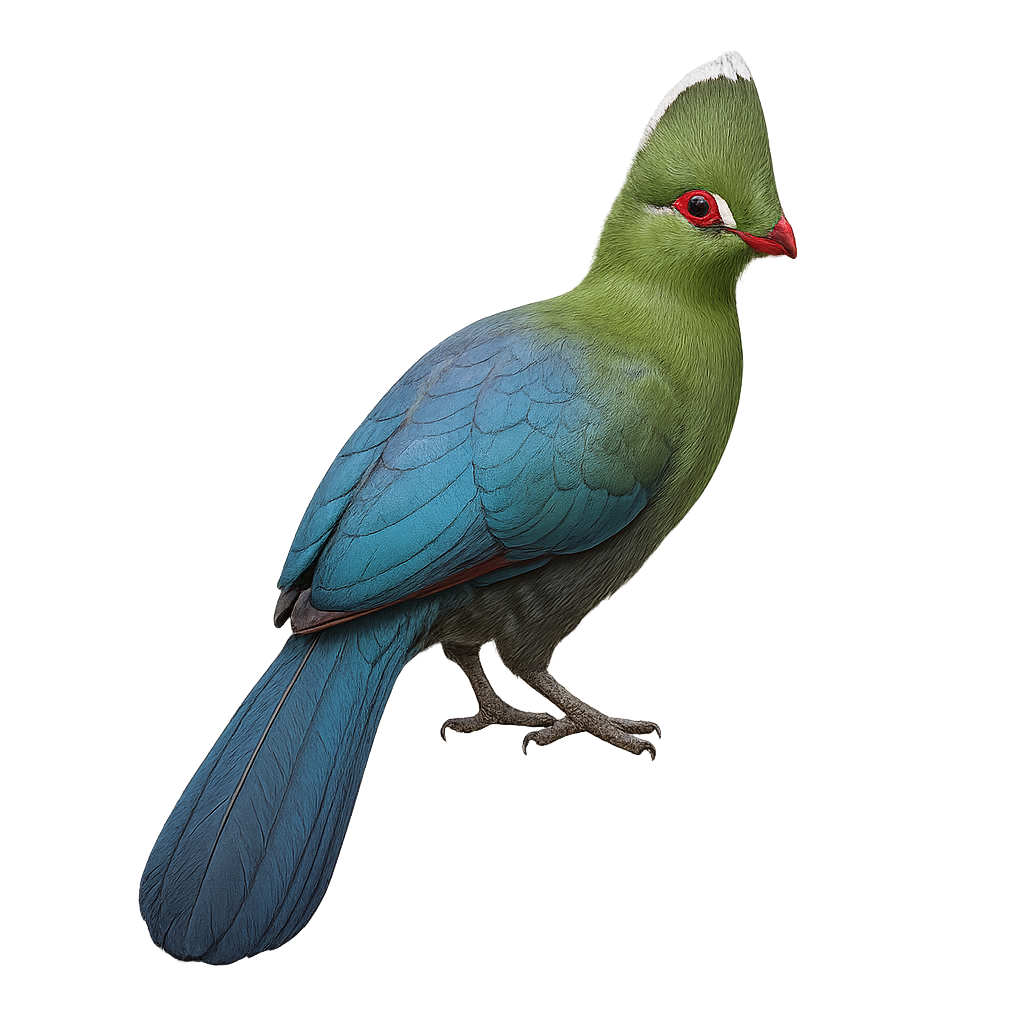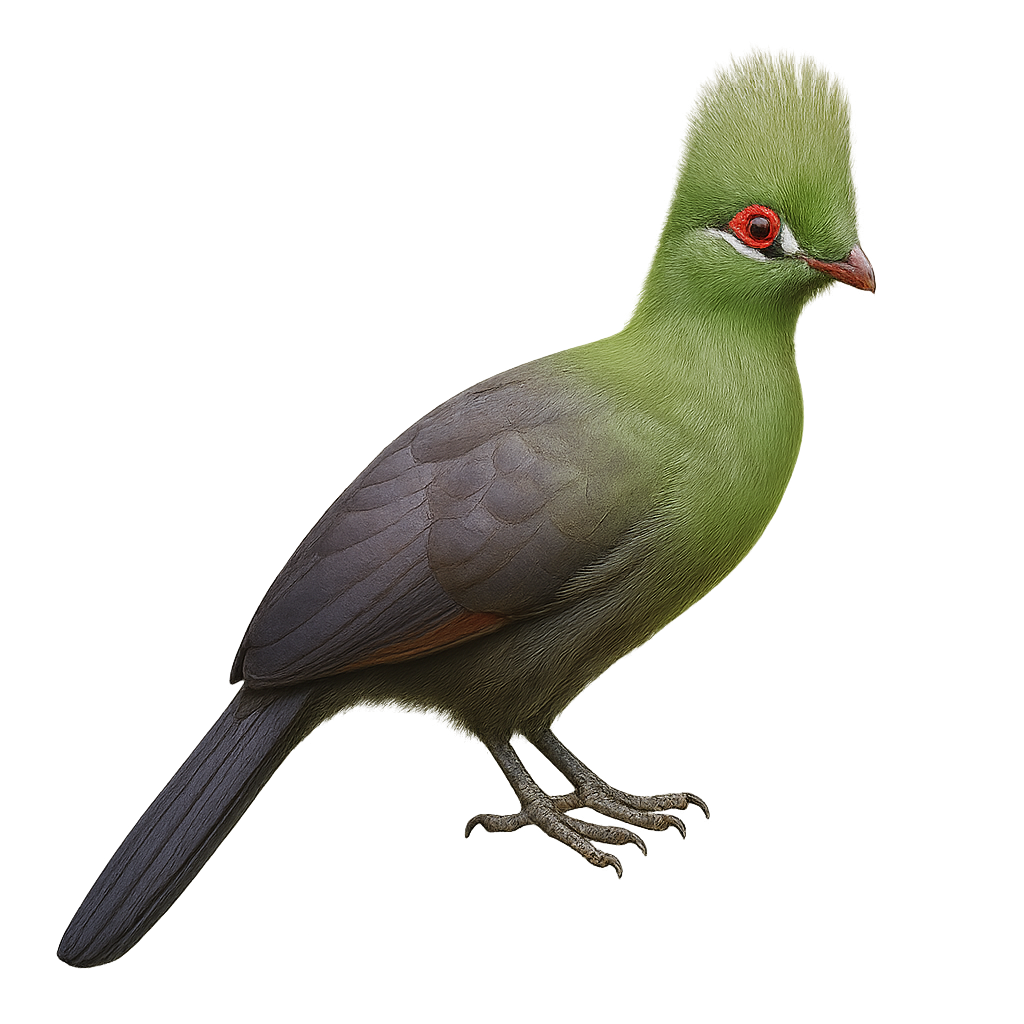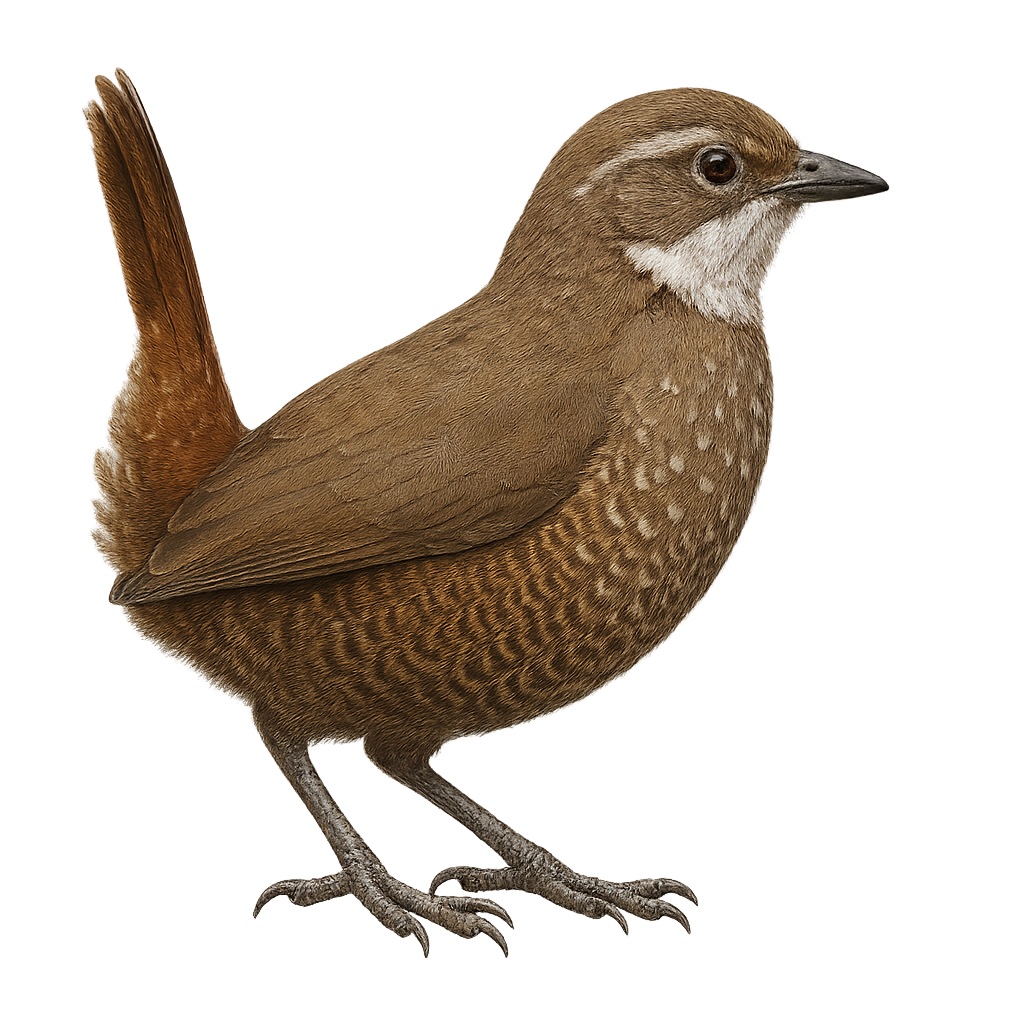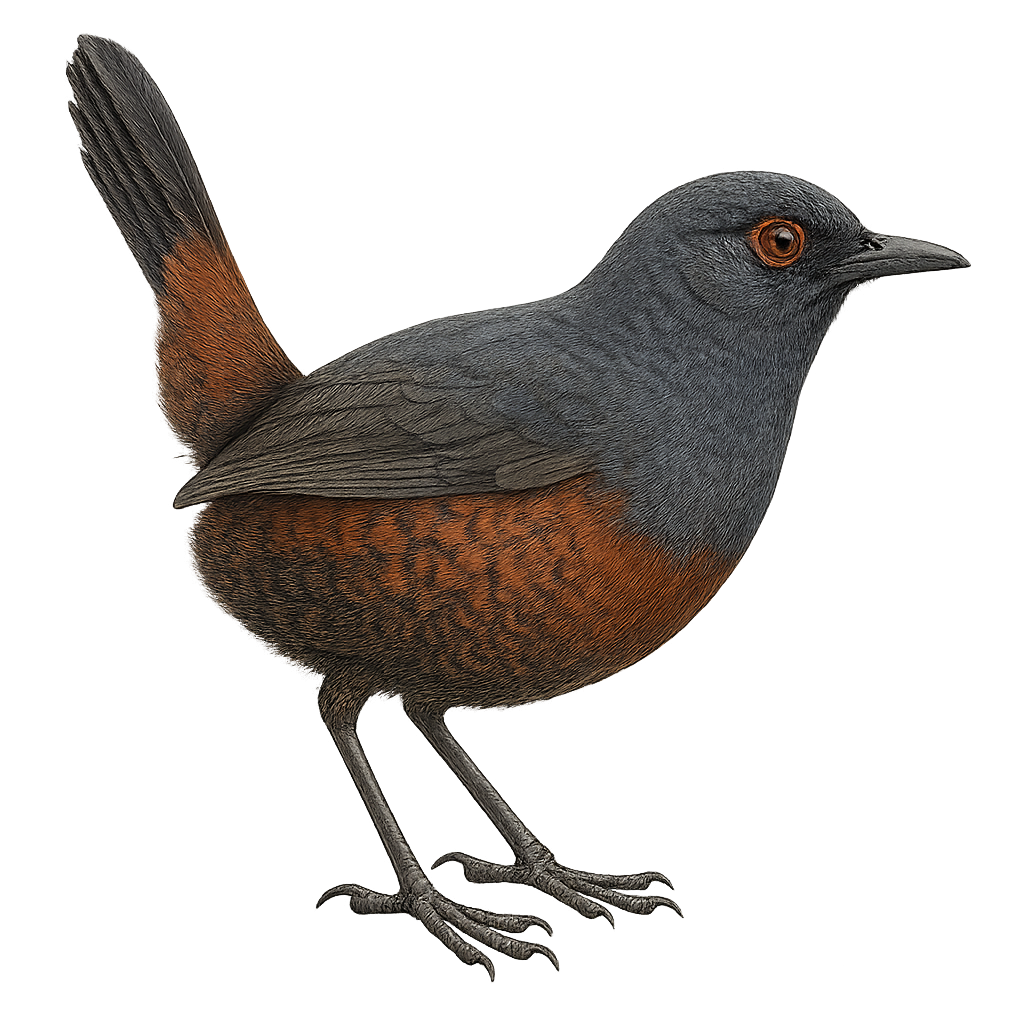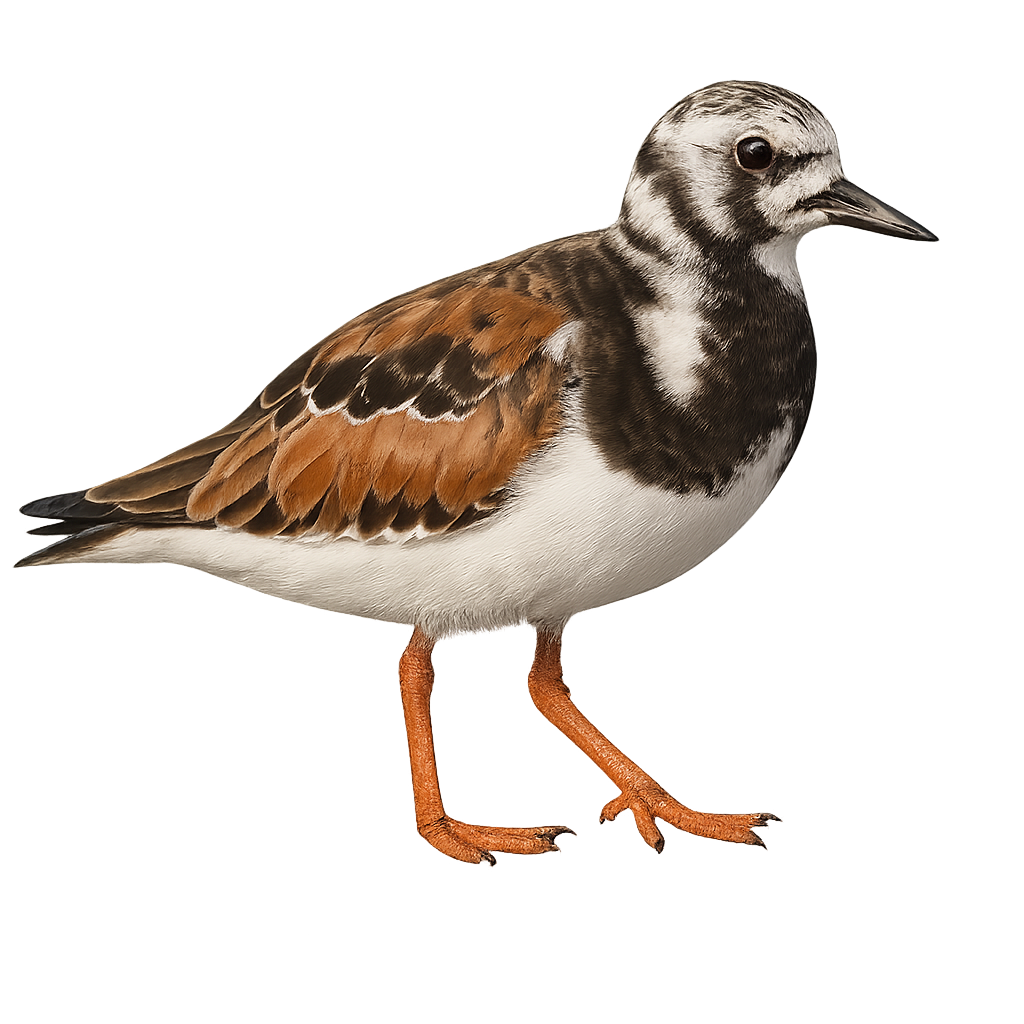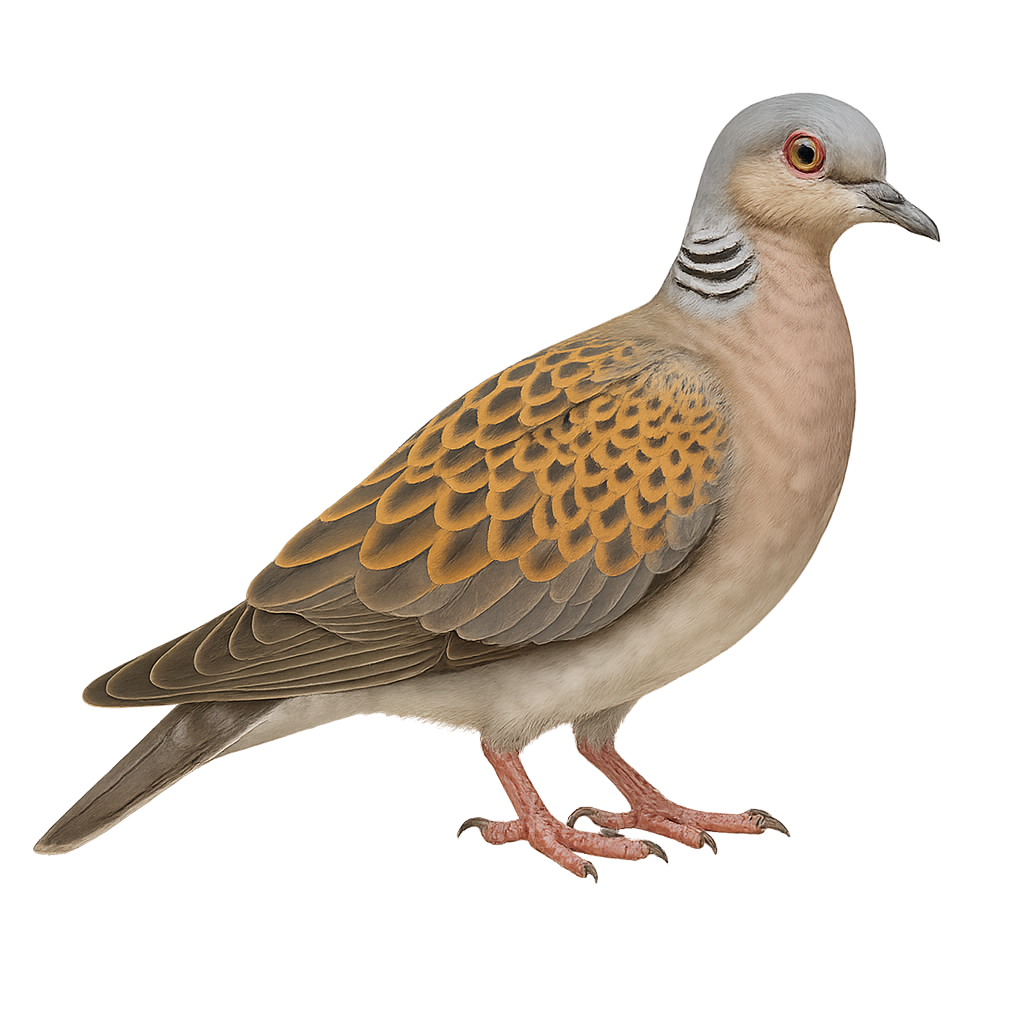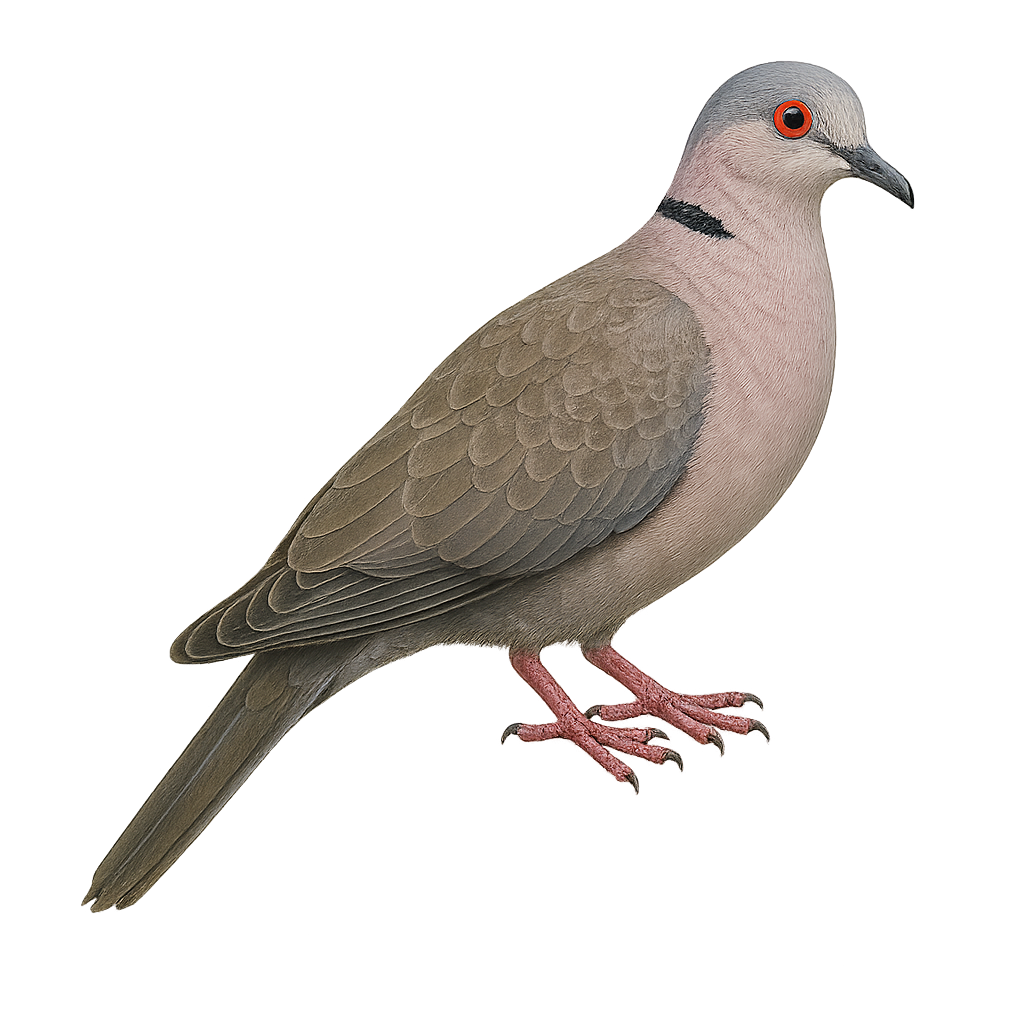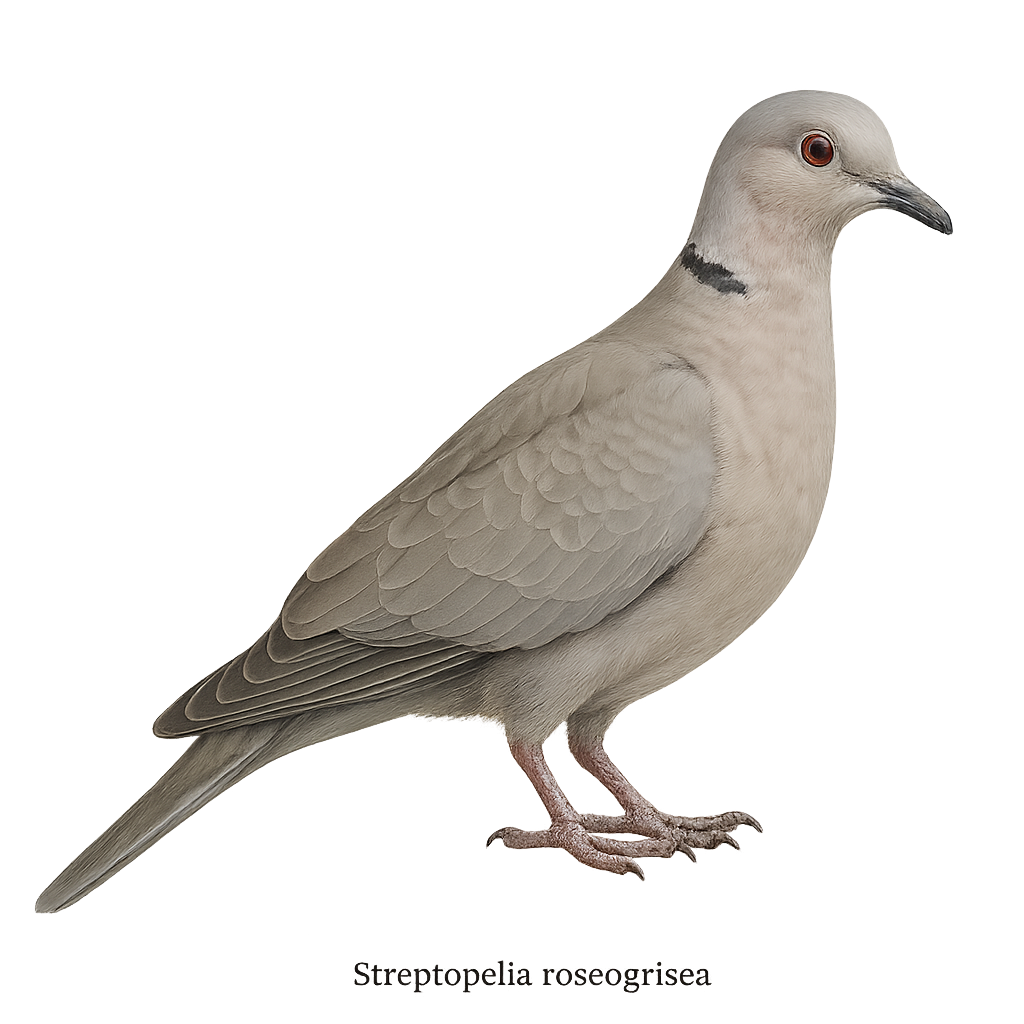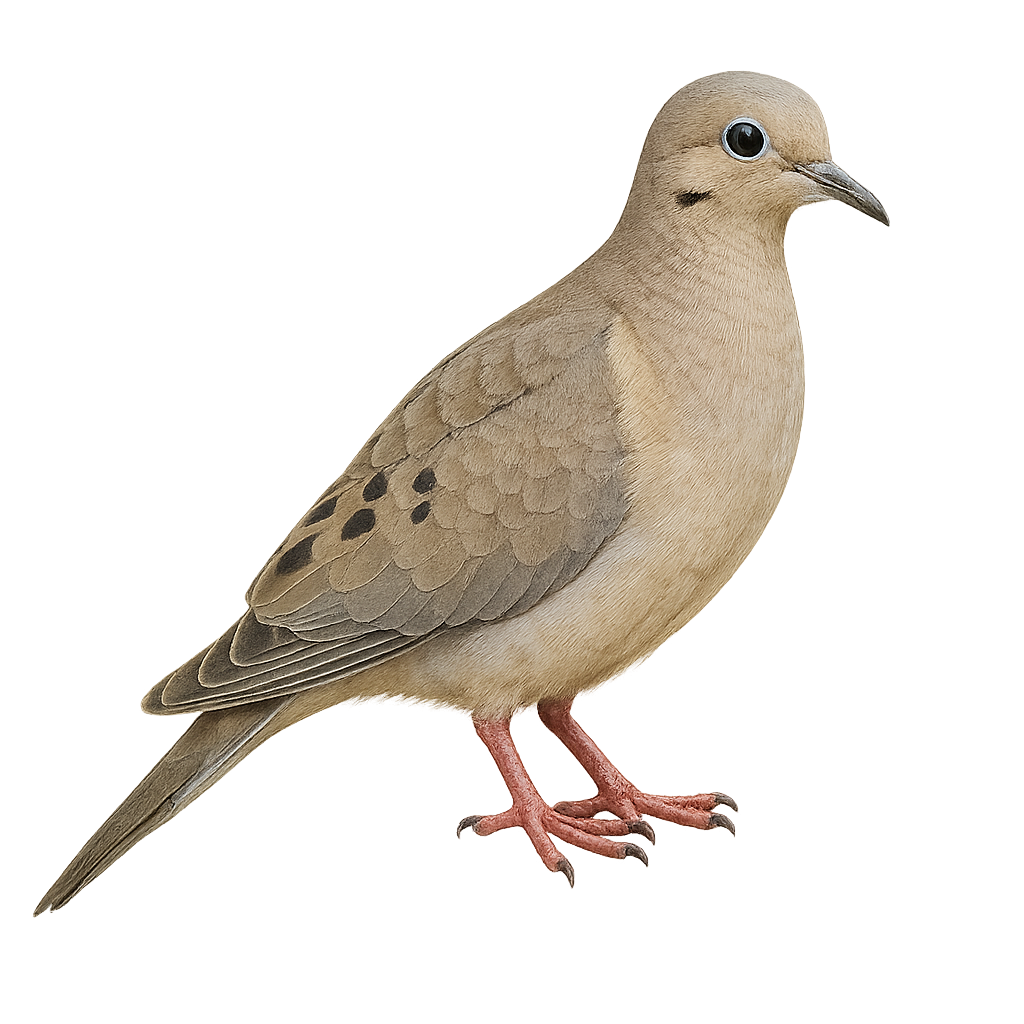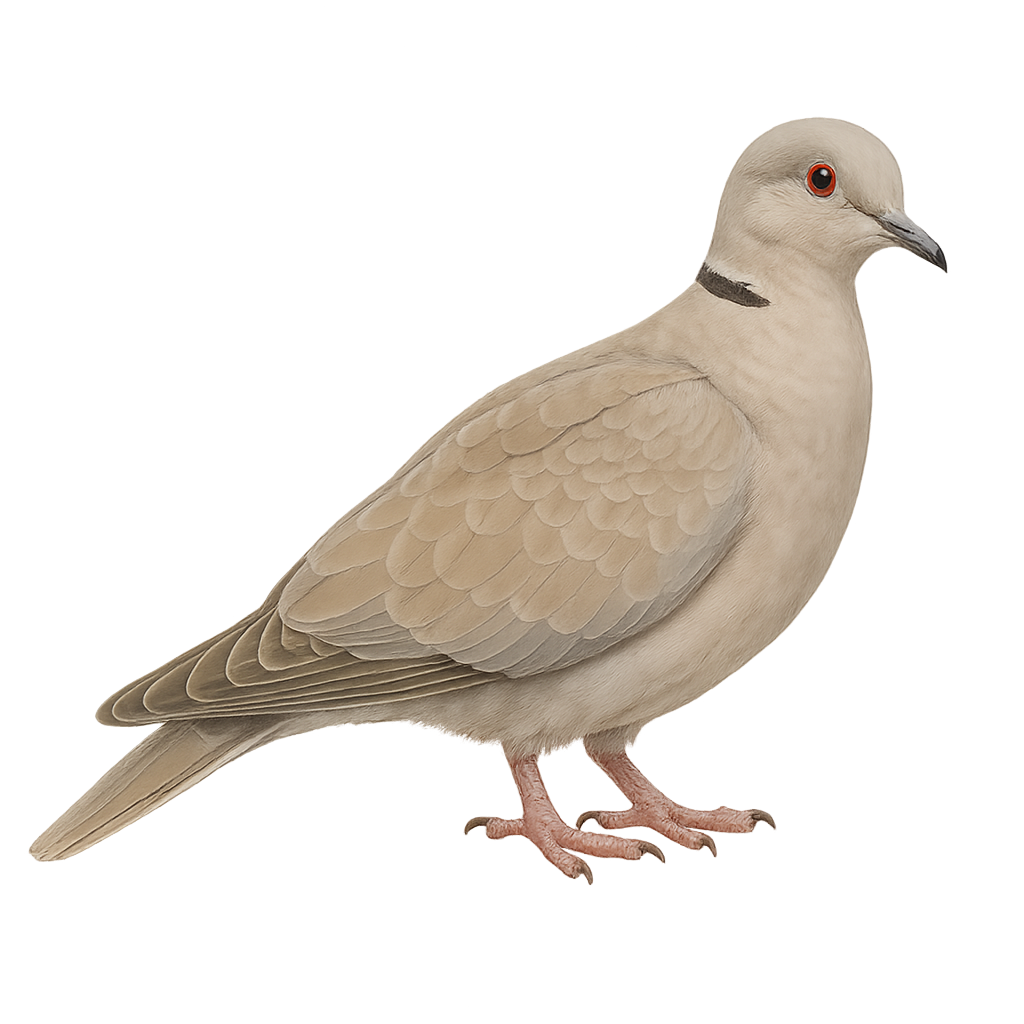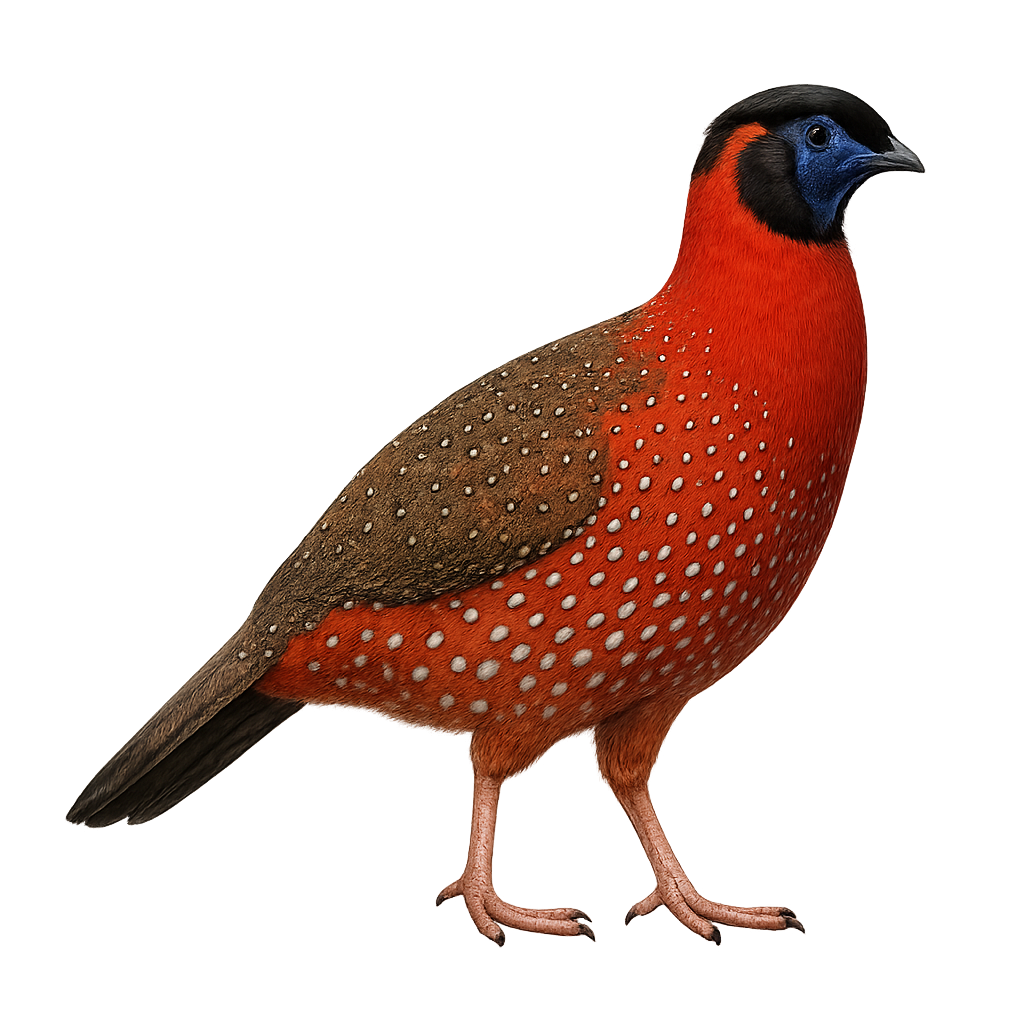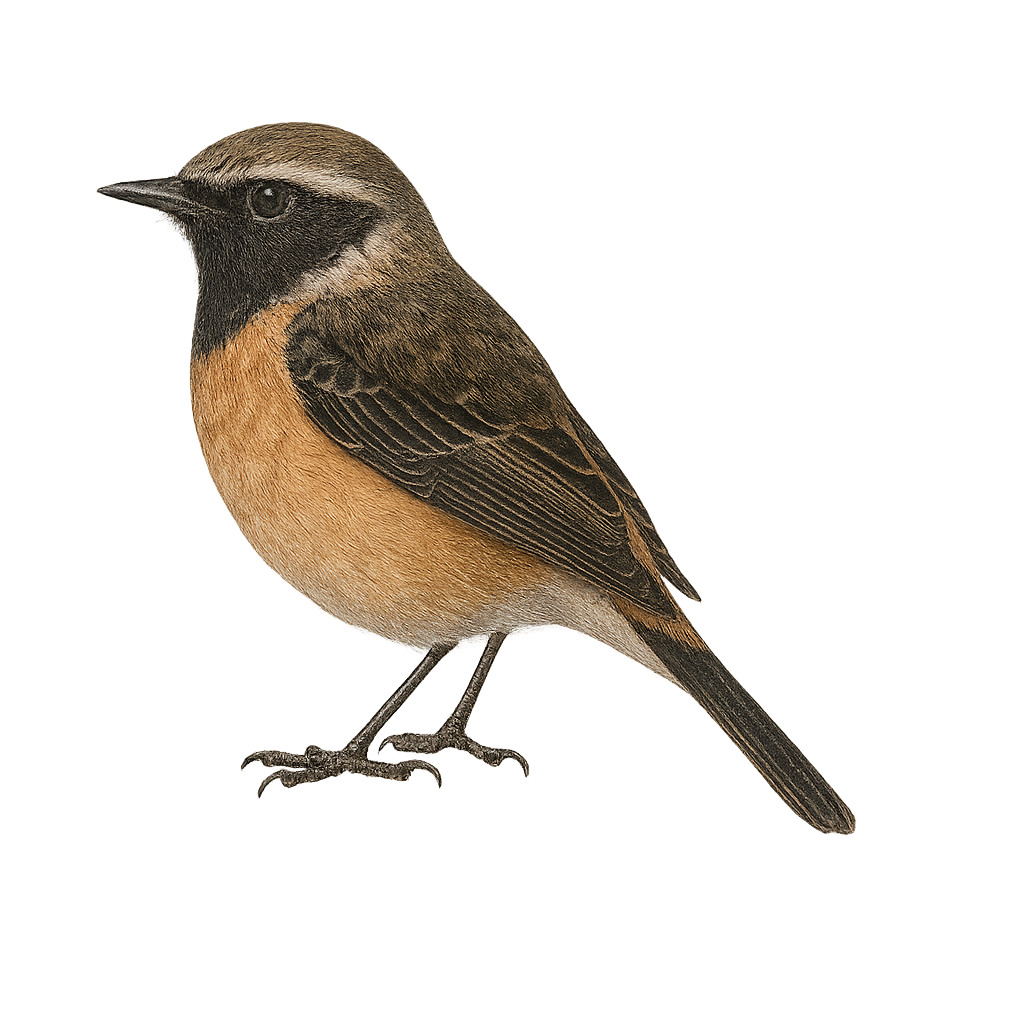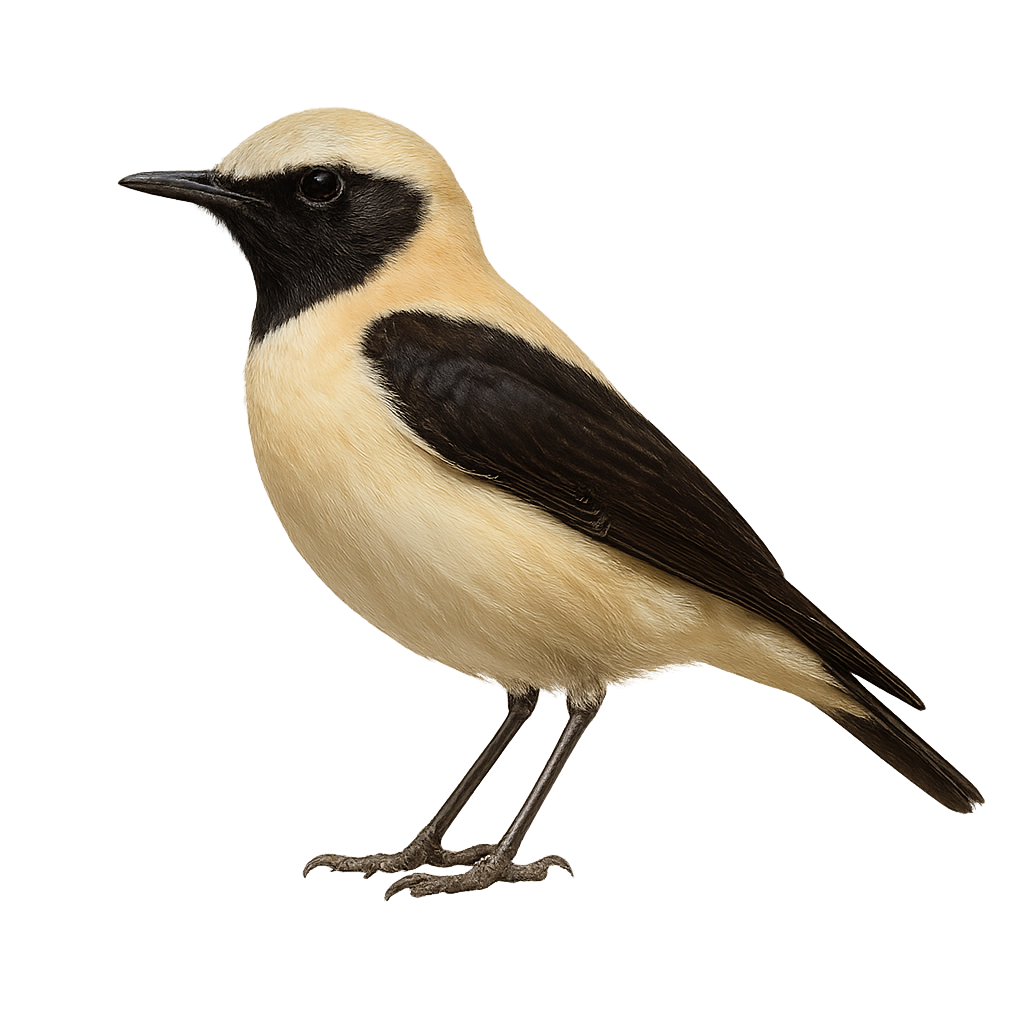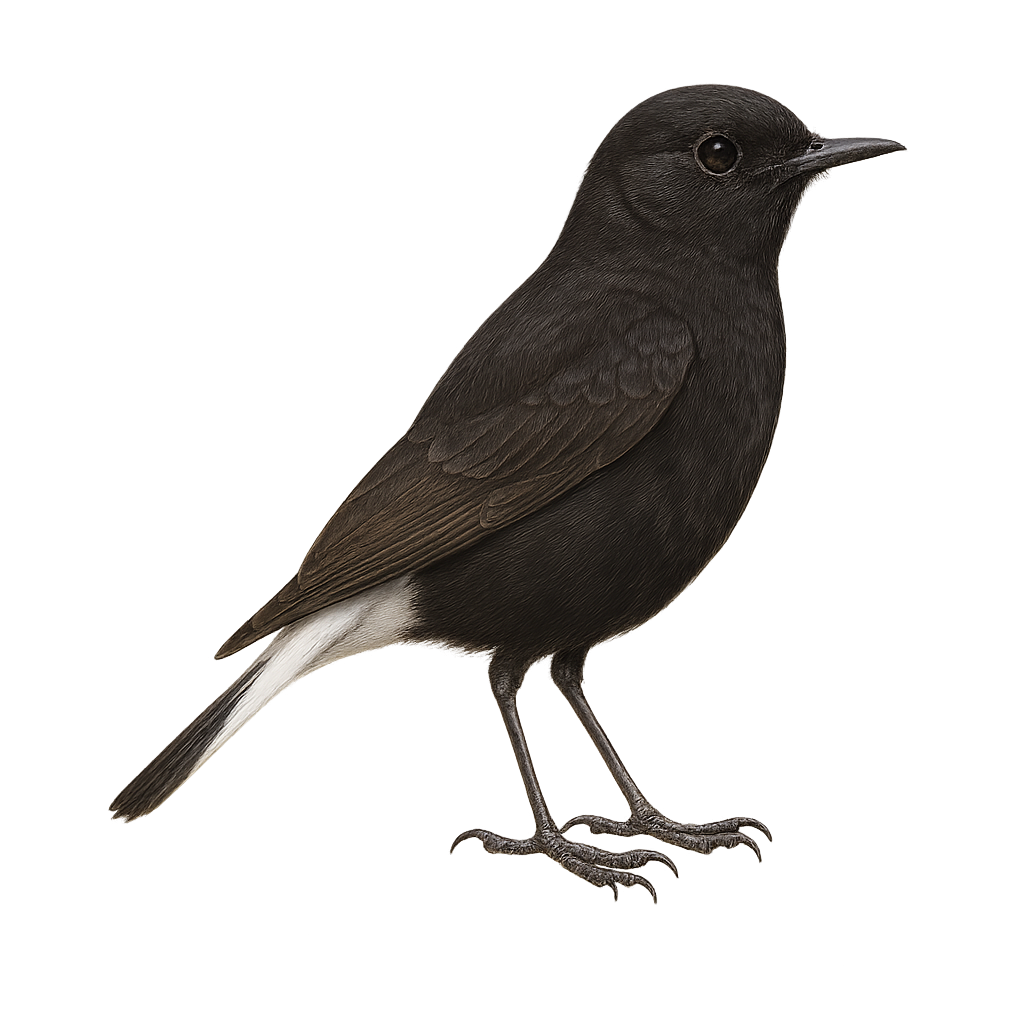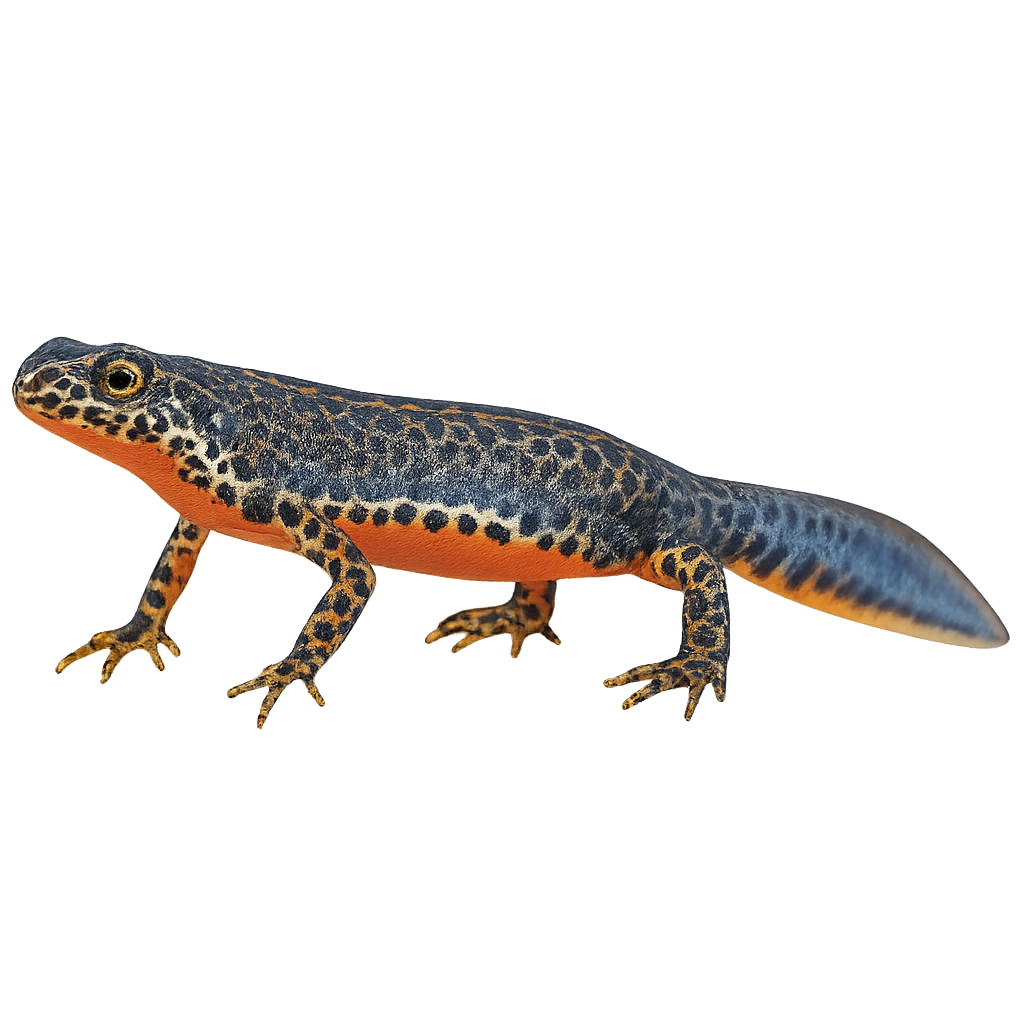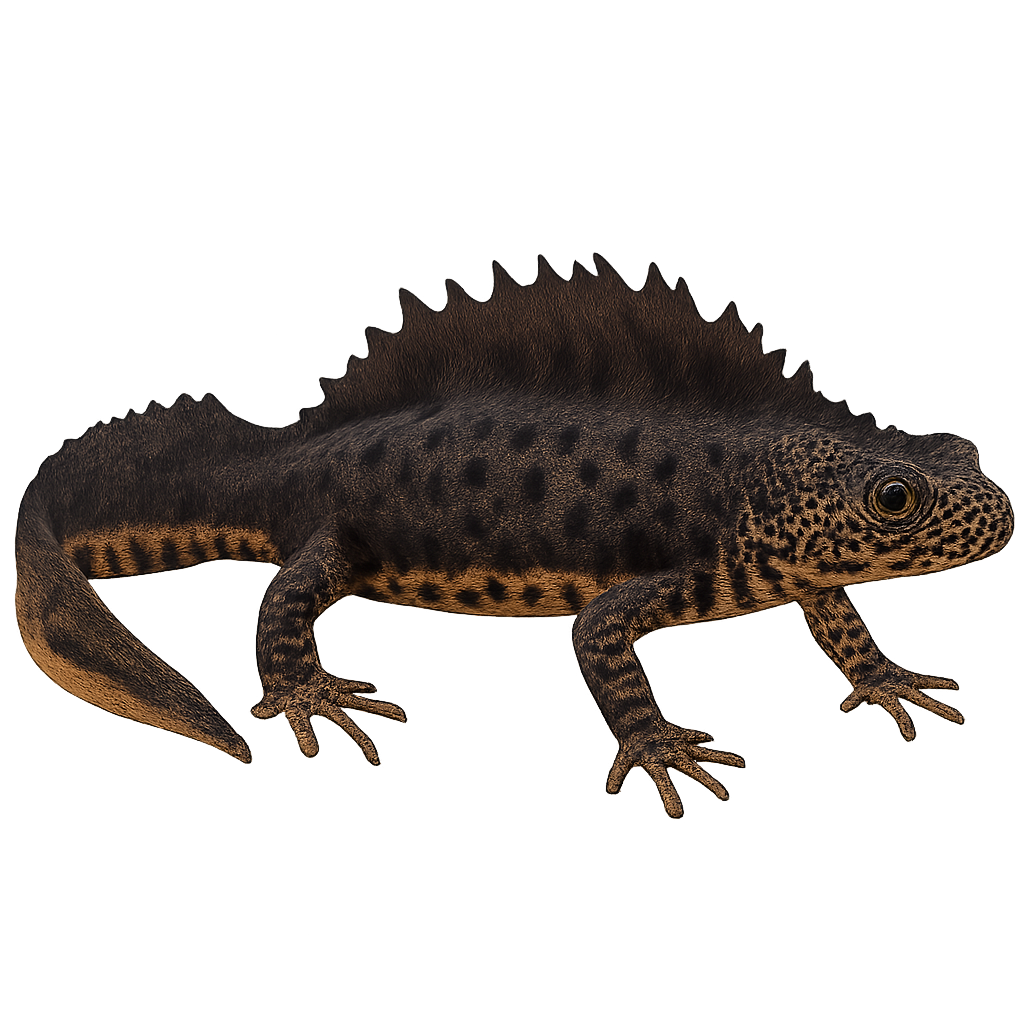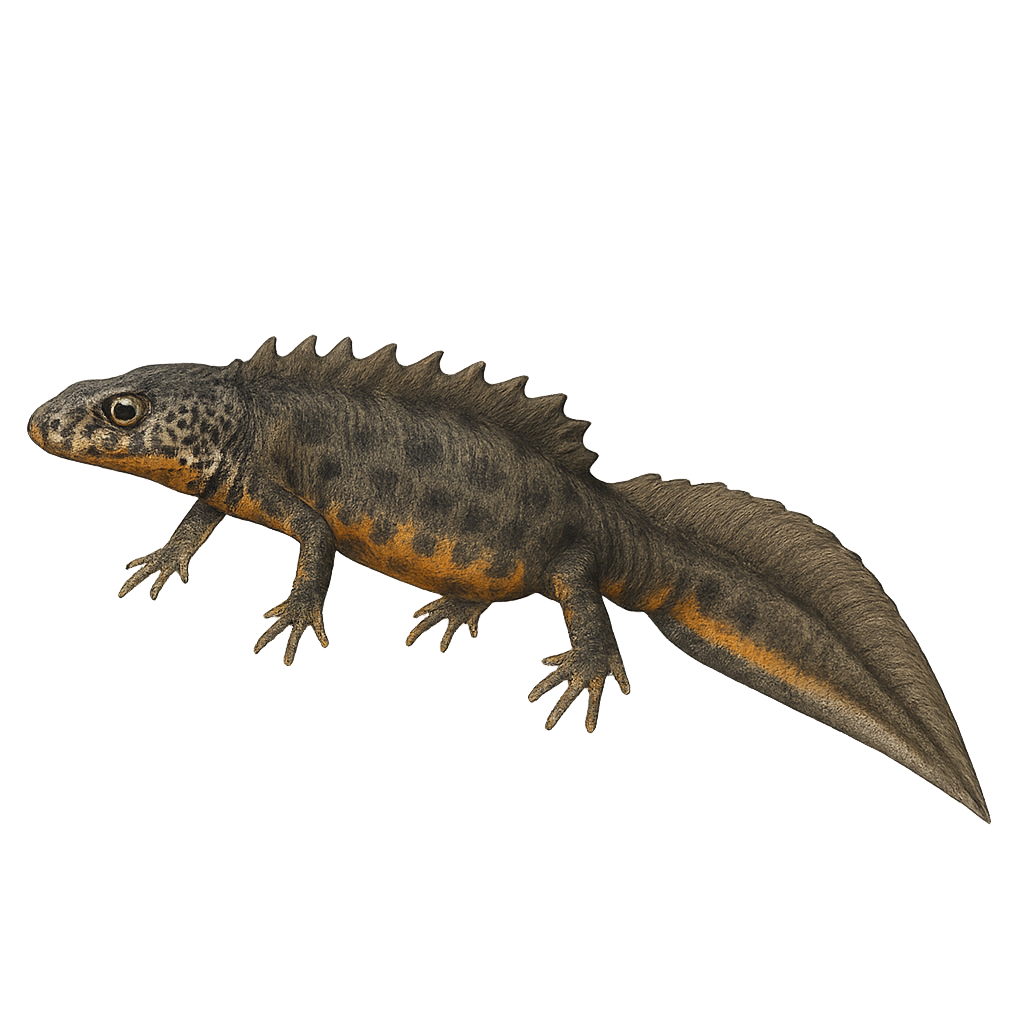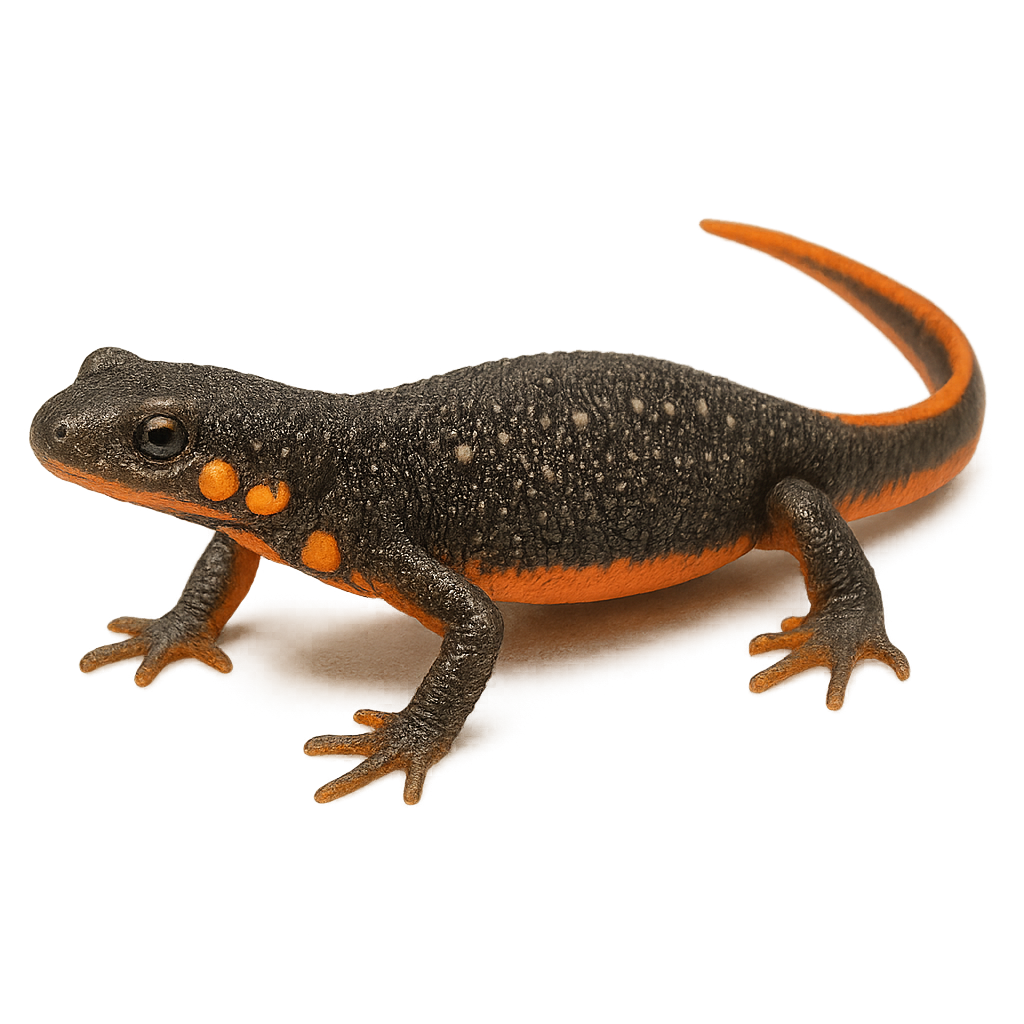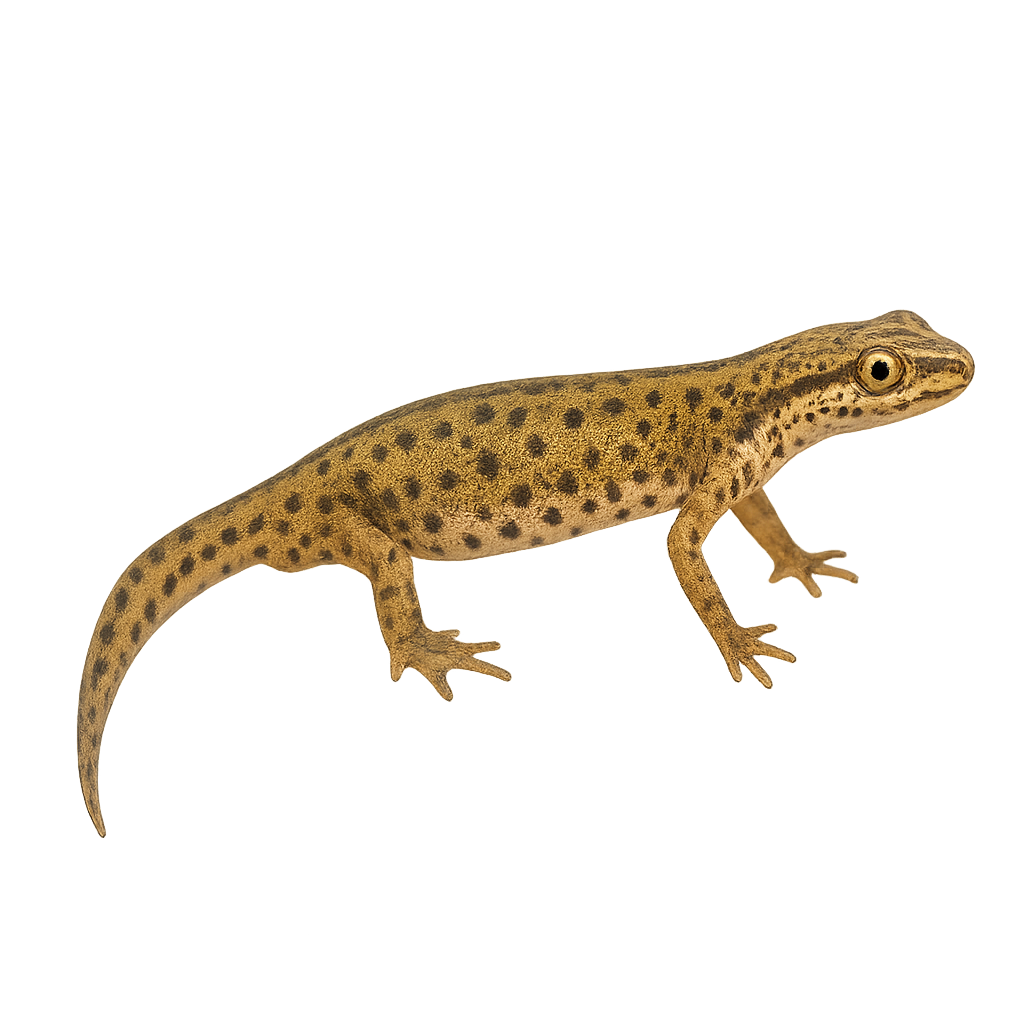The Toco Toucan, scientifically known as Ramphastos toco, is a striking bird native to the tropical forests of South America. Easily identifiable by its large, vibrant red bill, it measures about 55 to 65 cm in length. Its plumage is predominantly black with a white throat, and its eyes are encircled by a blue ring. Despite its size, the bill is lightweight due to its hollow structure, aiding in the capture of fruits, insects, and occasionally small reptiles. The Toco Toucan is an adept climber and uses its wings for short flights between trees. It lives in small groups and communicates through harsh calls, playing a crucial role in seed dispersal.
The Keel-billed Toucan is a large, colorful bird found primarily in the tropical forests of Central America, notably in Costa Rica, Guatemala, Honduras, and Mexico. It typically measures about 50 cm in length and weighs between 400 and 500 g. Its plumage is mainly black, with a bright yellow chest and face, and it is easily recognizable by its large, colorful bill, which is primarily orange with shades of red and yellow. The Keel-billed Toucan primarily feeds on fruits, berries, and nuts, but can also consume insects and small reptiles. It generally lives in social groups and is an excellent climber, spending much of its time in trees. While its population remains relatively stable, the Keel-billed Toucan is sometimes threatened by habitat loss due to deforestation.
The Pteroglossus torquatus, known as the collared aracari, is a vibrant bird belonging to the Ramphastidae family. It is characterized by its striking plumage, predominantly black body, bright yellow chest, and distinctive red collar. Its long, curved beak is essential for feeding on fruits, insects, and occasionally small vertebrates. This toucan primarily inhabits the tropical rainforests of Central America, from southern Mexico to Panama. It is often seen in small groups, moving nimbly through the canopy. Although relatively common in its natural habitat, deforestation poses an increasing threat to its populations.
The Yellow-throated Toucan is a colorful bird found primarily in the tropical forests of Central America, notably in Costa Rica, Panama, Nicaragua, and Honduras. It typically measures about 50 cm in length and weighs between 400 and 600 g. Its plumage is mainly black, with a bright yellow throat and chest, and it has a wide, colorful bill, typically yellow with touches of red and orange. The Yellow-throated Toucan is primarily frugivorous, feeding on fruits, berries, and nuts, but it can also consume insects and small vertebrates. It generally lives in small social groups and is an excellent climber, spending much of its time in trees. While it remains relatively stable in certain areas, it is sometimes threatened by deforestation and habitat loss.
The toco toucan is the largest toucan species (55–65 cm long), with black plumage and a white throat topped by a large bright orange bill. It inhabits tropical humid forests and woodland savannas in South America, feeding on fruits, insects, and small vertebrates. During the breeding season (February to June), it nests in tree cavities and pairs perform aerial display flights.
The Emerald Toucanet is a small forest toucan recognizable by its vibrant green plumage, bicolored bill, and compact size. Males and females are very similar, though males may have a slightly longer bill. It inhabits humid mountain forests of Central and South America, from Mexico to northern Bolivia, often seen in small groups in the canopy or foraging for fruit. It is omnivorous, feeding on fruit, insects, small reptiles, and occasionally bird eggs. Though locally threatened by deforestation, it remains widespread overall.
The White-crested Turaco is a striking bird known for its distinctive white crest and vibrant green plumage. Native to the forests of West Africa, it is often seen in the canopy where it primarily feeds on fruits, but also flowers and leaves. Measuring about 43 cm in length, this bird has a fast and direct flight. Its call is a loud and repetitive "kow-kow". Although sociable, it remains cautious around humans. The White-crested Turaco plays an important ecological role by dispersing the seeds of the fruits it consumes. Its beauty and intriguing behavior make it a subject of interest for ornithologists and nature photographers.
The Bannerman's Turaco is a striking bird known for its vibrant plumage, predominantly green with shades of blue and red. Native to the montane forests of Cameroon, it is often found in dense wooded areas where it feeds mainly on fruits, flowers, and leaves. This bird features a distinctive crest and a bright red beak, making it easily recognizable. Although it is relatively tolerant, it prefers to stay hidden in the canopy. The Bannerman's Turaco is a vulnerable species due to deforestation and habitat loss, making its conservation crucial for preserving the region's biodiversity.
The Galinier's Turaco is a fascinating bird, endemic to the mountainous forests of Ethiopia. With its bright green plumage and distinctive crest, it is easily recognizable. This bird measures about 40 cm in length and primarily feeds on fruits, but it can also consume leaves and flowers. It is often observed in small groups, moving agilely through the canopy. Although its habitat is limited, it adapts well to high-altitude forests, allowing it to survive despite increasing human pressure. Its presence is an indicator of the health of the region's forest ecosystems.
The Livingstone's Turaco, or Tauraco corythaix, is a captivating bird native to the forests of southern Africa. It is easily identifiable by its bright green plumage, red wings visible in flight, and distinctive crest. Measuring about 40 cm in length, this bird has a short, powerful beak, perfect for feeding on fruits, flowers, and insects. Turacos are known for their agile flight and ability to move swiftly through dense canopies. They typically live in small family groups and are often seen feeding or resting in trees. Their call is a mix of cries and whistles, adding a unique soundscape to their natural habitat.
The Guinea Turaco, or Tauraco persa, is a striking bird known for its vibrant plumage and distinctive crest. Native to the forests of West Africa, it is characterized by its bright colors, particularly the emerald green body and vivid red wings visible in flight. Measuring about 40 cm in length, it has a short, strong beak, ideal for feeding on fruits, flowers, and leaves. Social in nature, it often lives in small groups and communicates with loud calls. Although primarily arboreal, it occasionally descends to the ground to forage. Its ability to move nimbly through trees is aided by its zygodactyl feet, allowing it to grip branches securely.
The Moustached Turca, or Pteroptochos megapodius, is a terrestrial bird endemic to Chile, primarily found in dense forests and shrublands of the central region. This bird is recognizable by its reddish-brown plumage and relatively large size for a member of the Rhinocryptidae family. It has a sturdy beak and strong legs, adapted to its ground-dwelling lifestyle. The Moustached Turca is a discreet bird, often heard before seen, thanks to its distinctive and melodious song. It primarily feeds on insects and small invertebrates found by foraging on the ground. Although its habitat is threatened by deforestation, it is currently classified as "least concern" by the IUCN.
The Chucao Tapaculo is a bird endemic to the temperate forests of southern Chile and Argentina. Easily recognizable by its reddish-brown plumage and white throat, this bird measures about 18 cm. It is often heard before being seen, thanks to its powerful and melodious song. Preferring dense and humid undergrowth, it feeds mainly on insects and other small invertebrates. Although generally discreet, it can be curious and approach motionless observers. The Chucao Tapaculo plays an important role in the ecosystem by controlling insect populations and participating in seed dispersal.
The Ruddy Turnstone is a small migratory bird primarily found on rocky and sandy coastal areas in Europe, Asia, and North America. It typically measures about 22 cm in length and weighs between 60 and 100 g. Its plumage is characterized by earthy colors, with black, brown, and white patches, and a distinctive black band around the neck, which gives it its name. The Ruddy Turnstone primarily feeds on small invertebrates found by probing rocks and beaches, such as crustaceans, mollusks, and worms. It is an excellent migrant, traveling long distances between its breeding sites in Europe and its wintering grounds in Africa and Asia. While its population remains stable in some areas, it is threatened by the loss of its coastal habitat due to urbanization and pollution.
The Turtle Dove is a small, slender dove measuring between 25 and 28 cm in length with a wingspan of 45 to 50 cm. Its plumage is characterized by a rosy chest, a back speckled with black, and a gray-blue head adorned with black and white spots on the neck. It emits a soft, rolling cooing sound, often heard in spring and summer. It frequents clear woods, hedges, and open agricultural areas, where it feeds primarily on seeds fallen to the ground. Breeding occurs from May to July, with one or two clutches of two white eggs. The young leave the nest between 19 and 21 days after hatching. A migratory species, it winters in sub-Saharan Africa. Listed as "Vulnerable" by the IUCN.
The African Mourning Dove, scientifically known as Streptopelia decipiens, is an elegant and graceful bird primarily found in sub-Saharan Africa. It is distinguished by its delicate plumage, blending shades of gray, brown, and white, with a characteristic black band on its neck. This bird prefers open habitats such as savannas, agricultural areas, and urban gardens, where it can easily find seeds and small fruits to feed on. The African Mourning Dove is often seen in pairs or small groups, and its soft and melodious call is a familiar sound in its range. Although generally discreet, it can become more visible during the breeding season when it performs aerial courtship displays.
The African Collared Dove, or Streptopelia roseogrisea, is an elegant and graceful bird, often mistaken for the domestic dove. It features delicate plumage, primarily pinkish-grey, with darker shades on the wings and a distinctive black band around the neck. This bird is particularly appreciated for its soft and melodious song. Native to the arid regions of sub-Saharan Africa, it adapts well to semi-arid environments and savannas. It is often seen in pairs or small groups, feeding mainly on seeds and small insects. Although generally discreet, it can be spotted near water sources, especially at sunrise and sunset.
The Mourning Dove, Zenaida macroura, is an elegant and graceful bird, easily recognizable by its light brown plumage and black spots on the wings. It features a long, tapered tail and dark eyes surrounded by a pale ring. This bird is widespread across North America, inhabiting various environments from urban areas to open countryside. The Mourning Dove is known for its melancholic song, a soft cooing often heard at dawn and dusk. It primarily feeds on seeds, which it pecks from the ground. Although often seen in pairs or small groups, it can form large flocks during migrations.
The Eurasian Collared Dove is a medium-sized dove, measuring about 32 cm in length with a wingspan of 47 to 55 cm. Its plumage is grayish-beige with pinkish hues on the head and chest. It is characterized by a black half-collar edged with white on the back of its neck. It emits a soft cooing sound, often described as "hoo-hoo-hoo-hoo." Originally from South Asia, it has rapidly expanded into Europe, North Africa, and the Americas. It frequents urban, suburban, and agricultural areas, feeding primarily on seeds, berries, and buds. Breeding can occur year-round, with an average of three to four broods per year. The young leave the nest about 19 days after hatching. The species is listed as Least Concern by the IUCN.
The Satyr Tragopan is a fascinating bird native to the mountainous forests of the Himalayas. This medium-sized pheasant is particularly remarkable for its striking plumage. The male displays vibrant colors, with shades of red, orange, and blue, while the female is more subdued with brown and gray tones, allowing her to blend effectively into her surroundings. The Satyr Tragopan is known for its spectacular courtship displays, where the male spreads his feathers and emits loud calls to attract a mate. It primarily feeds on vegetation, seeds, and insects. Although its habitat is threatened by deforestation, it remains relatively common in some areas.
The Cyprus Wheatear, or Oenanthe cypriaca, is a small passerine bird belonging to the Muscicapidae family. This bird is endemic to the island of Cyprus, where it is often seen in open and rocky areas. It is distinguished by its black and white plumage, with a black head and a grayish back. The male and female show little sexual dimorphism, although the male displays slightly brighter colors. The Cyprus Wheatear is a trans-Saharan migrant, spending the winter in East Africa. It feeds mainly on insects caught on the ground. Its breeding season extends from spring to summer, where it builds its nest in rocky crevices.
The wheatear is a small ground-dwelling bird found primarily in meadows, cultivated lands, and rocky areas across Europe, Asia, and North Africa. It is easily recognized by its contrasting plumage, with a brown back, white belly, and a black head. This small bird is especially active and restless, often seen hopping on the ground in search of insects and small arthropods. It frequently perches on rocks or grasses to survey its surroundings.
The black-eared wheatear is a small passerine, 14–15 cm long, with contrasting plumage: pale grey crown and back, black wings and tail, white throat and a black eye stripe. It inhabits steppes, rocky slopes, scrub and open plains in southern Europe and Western Asia, feeding on insects and spiders on the ground or during low flights. During breeding (April to July), the male performs aerial displays and sings from a perch to attract the female and defend its territory.
The Black Wheatear, Oenanthe leucura, is a bird from the Muscicapidae family. It is predominantly black with a distinctive white tail. Found in arid and rocky regions of southern Europe and northern Africa, this bird is known for its territorial behavior and adaptability to harsh environments. The Black Wheatear primarily feeds on insects and small invertebrates. It nests in crevices or holes in rocks, typically laying 4 to 5 eggs. Although its habitat is sometimes threatened by human activity, it is currently classified as of least concern by the IUCN.
The Alpine newt is a small urodele amphibian, 9–13 cm long, with a bright olive back and orange belly. It inhabits ponds, pools, and wooded wetlands across temperate Europe. During the breeding season, males develop a colored tail crest and perform a nuptial dance to attract females.
The crested newt is a urodele amphibian, 9–11 cm long, with a dark brown back spotted with bright orange and a black belly. It inhabits temporary ponds, ditches, and woodland pools in temperate Europe, feeding on aquatic insects and small crustaceans with its rapid tongue. During the breeding migration, males develop a prominent dorsal crest and perform a nuptial dance in front of females.
The Italian Crested Newt, Triturus carnifex, is a species of newt in the family Salamandridae. It is characterized by its rough skin and prominent dorsal crest, especially visible in males during the breeding season. This newt typically measures between 10 and 16 cm in length. Its coloration ranges from brown to black, with lighter spots on the belly. It primarily inhabits wetlands, such as ponds and marshes, and is often found in nearby forests and grasslands. Although its population is stable, it faces threats from habitat destruction and water pollution.
The Japanese fire‐bellied newt is a medium‐sized aquatic salamander (10–12 cm body length), with a dark dorsum and bright red belly marked with black spots. Endemic to Japan, it inhabits ponds, forest pools and slow‐flowing streams, feeding on invertebrates, worms and small crustaceans. Gregarious and secretive, it performs tail‐fanning courtship displays and aggregates in sheltered bays during breeding.
The marbled newt, Triturus marmoratus, is a medium-sized amphibian, typically measuring between 12 and 15 cm in length. Its skin features a distinctive marbled green and black pattern, providing excellent camouflage in its natural habitat. Males display a striking dorsal crest during the breeding season. This newt is primarily found in humid forests, meadows, and wooded areas of Western Europe, particularly in France and Spain. It is nocturnal, hiding under stones or leaves during the day. Reproduction occurs in ponds or temporary pools. Although its conservation status is concerning, it remains relatively common in some areas.
The palmate newt is a small urodele amphibian, 6–9 cm long, with an olive-brown back dotted with dark spots and a yellow-orange belly. It inhabits temporary ponds, ditches, and woodland wetlands in temperate Europe. Solitary and unobtrusive, it feeds on aquatic insects and small crustaceans with its speedy tongue.



